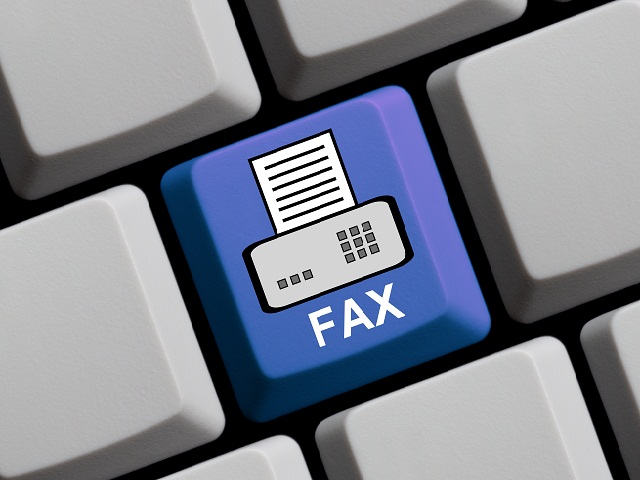Faxing has come a long way since its inception. It had gone from being the preferred communication and file-sharing method to becoming near obsolete when the digital era arrived. Fortunately, this technology is continuously evolving. Today, it adapts and offers a more modern solution for businesses worldwide: online faxing.
You may wonder about the difference between traditional faxing and today’s digital alternative, online faxing. Read on below.
How Different Is Online Faxing From Traditional Fax?

Traditional Vs. Online Faxing: An Overview
Traditional faxing refers to the old way of sending and receiving documents. People used to call a number and request a fax tone to send and receive files. On the other hand, online faxing works closely to email.
Did you know online faxing software leverages cloud technology to send and receive fax documents online? Because of this feature, it eliminates connection to bulky equipment. Instead, it uses an online portal or an Android fax app to manage documents.
Key Differences Between Traditional And Online Faxing
- Cost
Cost is an essential factor for most businesses and is a crucial differentiator between traditional and online faxing. With traditional faxing, you must purchase several equipment items, including a fax machine, wiring, and phone cable lines. You also need a subscription to a phone line to send and receive faxes.
Aside from upfront spending, traditional faxing also requires paper and ink to print incoming documents. There’s also the energy cost of keeping your fax machine plugged in and turned on as much as possible to ensure you receive incoming faxes. As you can imagine, traditional faxing can be expensive.
Meanwhile, online faxing eliminates all these expenses. It’s a digital solution that works via an internet connection. Hence, you don’t need the bulky fax machine, wiring, or paper and ink to access a document. A subscription fee is required to keep the online fax service.
You can access fax documents using a computer, tablet, or mobile app. You may also need a digital scanner to create digital copies of physical documents. Most companies prefer creating documentation in digital forms. Online faxing is cheaper than traditional faxing, making it more accessible to small businesses and startups.
- Convenience
Since traditional faxes involve a fax machine, you’re tied to a specific location. Although there are smaller fax machine models like desktops, it’s still inconvenient if your team is on the move. Also, if you’re expecting an important fax document, you must wait for it before attending meetings or presentations.
Online faxing is entirely software-based, making it a digital tool. You can access your fax documents on your computer or smartphone with a stable internet connection. In addition, you can enjoy full fax functionality, such as sending and receiving documents, even while you’re on the move.
- Security
Online faxing offers better security in transferring sensitive data and documents. Printed fax documents are exposed openly on the machines, increasing the risk of being collected or seen by an unauthorized person. With the traditional fax, receiving a file while you’re not around can be a disaster.
Online fax eliminates this security risk. You can send the documents to the receiver’s personal fax portal account or email address. Most online fax software offers security tools, such as document encryption and user access control, to prevent unauthorized access.
As a software solution, most online faxes must meet modern data regulations, ensuring compliance and improved security.
- Environmental Impact
As consumers become more eco-conscious, they get increasingly curious about how a business contributes to the environment. And when choosing between online and traditional faxing, there’s a significant difference between the two in terms of carbon footprint.
Traditional faxing uses more resources than online faxing. You need to buy bulky equipment, paper, and ink. Did you know that faxing uses more than 200 billion sheets of paper yearly? If a 45-foot tree can produce about 10,000 sheets, about 20 million trees are gone annually.
Aside from that, producing paper also significantly impacts the environment. Creating paper requires various chemicals, causing water and air pollution. With online faxing, you can send and receive digital documents. It eliminates the need for these tools and papers, saving millions of trees annually.
What’s more, online faxing has less energy usage than traditional faxing, which not only saves on utility bills but also helps reduce your carbon footprint.
Takeaway
Faxing may be old, but it has evolved to become a practical solution for modern business. Although there are critical differences between the two, traditional and online faxing remain relevant and viable ways to communicate and share documents.